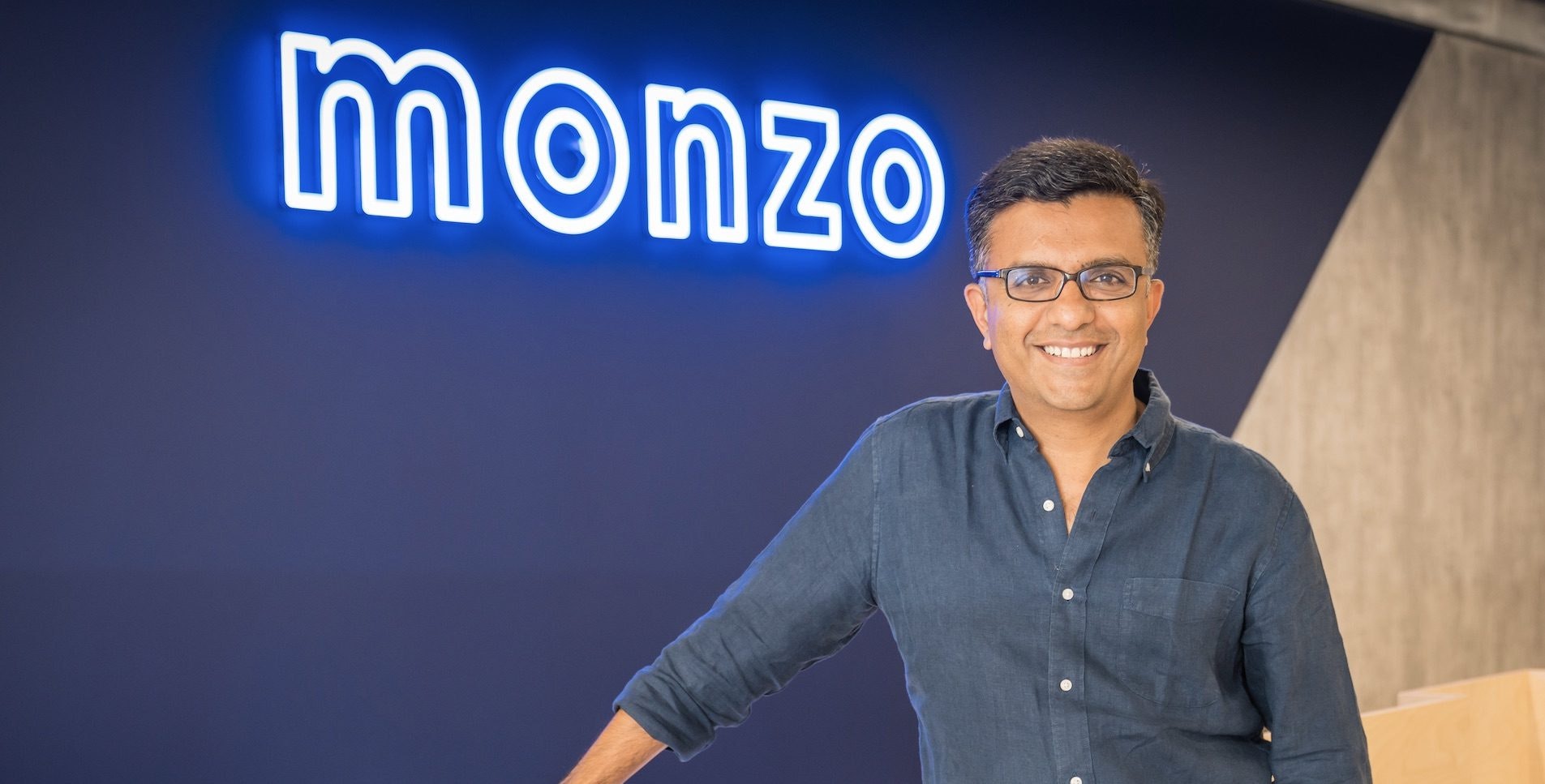Last week, Swedish buy now, pay later (BNPL) scaleup Klarna brought 4,000 employees together in Stockholm; social media showed people dressed up in bandanas or Klarna pink — there were even a few Minions.
The bash was in part to celebrate the fintech’s return to profitability. Klarna posted a small monthly net profit in May — its first since August 2020 — and has forecasted more profits in the coming months.
Since its founding in 2005, most of those profits have come from its core payments product, which makes money from partner merchants and late fees. Eight years after its US launch, which contributed to its multiplying losses for years, Klarna has outpaced both US BNPL giants Affirm and Afterpay by its acceptance in the top 500 ecommerce merchants in the US, according to a Morgan Stanley note.
But Klarna has almost been too successful in providing instalment payment plans to consumers at online checkouts and competitors from Apple to PayPal are circling. With increased costs for BNPL and greater competition, Klarna has been developing another high margin revenue stream that also goes hand in hand with its bigger vision – “to become the world’s favourite way to shop”.
“If you look at the BNPL space more broadly, it’s only a matter of time before it’s a standard payment offering everywhere — companies like John Lewis are launching their own BNPL product, for example,” says Jeff Tijssen, fintech partner at Bain.
“So if you’re a BNPL provider, you need to think very carefully about how you’re going to open up new revenue streams right now,” he says.
Affiliate marketing: a growing revenue stream
One new revenue stream that is emerging for Klarna is affiliate marketing. This is a practice that dates back to the beginning of ecommerce, and grew in popularity after Amazon launched its programme in 1996. Affiliate marketing involves merchants paying third-party platforms like Amazon and Klarna to generate leads through to their products.
In its 2022 annual report, the company said its overall “marketing revenue” had more than doubled in the year, but did not disclose an exact figure. It did say, however, that “affiliate marketing revenue“ in the fourth quarter was SEK 1.6bn ($144m), or 10% of total global revenue in that period.
For the six months to the end of June 2023, Klarna said 16% of its net operating income came from “other“ income, the category under which Klarna places its marketing income and Klarna card interchange income.
One person close to the company tells Sifted that Klarna’s card interchange income is “negligible”, which could suggest the startup’s marketing revenue is becoming a bigger contributor to the whole.
For comparison, Amazon ad revenue made up just over 7% of overall revenues in the second quarter of 2023 or $37.7bn.
White Nike sneakers
Klarna began focusing on how to monetise affiliate marketing seriously in 2021 — and execute what one former employee says is he goal to become a “discovery destination” for sales.
In 2021, the fintech made seven acquisitions, including price comparison site PriceRunner, trip planning site Inspirock and marketing companies Toplooks and Search Engine Marketing.
These enable users to use the Klarna app to search for “white Nike sneakers”, for example, and get numerous suggestions of different Nike models and a list of merchants with price and delivery timeline, including non-partners like Amazon. All can be paid for with Klarna.
Merchants pay Klarna to be seen higher up on the list and for other forms of visibility like being featured in push notifications to consumers. Around 70% to 80% of sales through the Klarna app originate through its search function, one person familiar with the strategy tells Sifted, which strengthens the affiliate marketing proposition.
The success of Klarna’s marketing strategy depends entirely upon people using its app. Klarna says it has 150m global users and eight million monthly active users of the Klarna app in the US, with 30 million downloads, as of December 2022. Klarna has credited “surging demand for the Klarna app” for fuelling US growth.
“If Klarna sells some software to help with affiliate marketing to a merchant, it costs them very little to do that — it’s not like a financial service, it’s not a product, it’s a high margin software service,” one significant investor in Klarna says.
“So as they build those revenues, it drops very quickly down to gross profit and net profit.”
The journey to Visa and Mastercard rival
But more affiliate marketing revenues are only one piece in Klarna’s journey to becoming a bigger financial services company. Its core payments are still its (lucrative) bread and butter for now, accounting for 57% of revenues in the first half of 2023.
“The payment solution is the key business for Klarna — marketing is only the icing on top of the cake,” says Joakim Dal, partner at GP Bullhound.
One investor who joined Klarna’s cap table in 2021 says the reason they backed the fintech was its “infrastructure-like ubiquity” in northern European countries — something that, in their eyes, means it could eventually rival Visa and Mastercard on a global scale by being one of the few that can attract both merchants and consumers.
“It’s very difficult for any business to acquire lots of customers,” they tell Sifted.
“But it’s really really difficult to acquire lots of consumers and merchants at the same time. You can’t do this with just pure money on its own, and it’s always a chicken and egg problem.”
Klarna has not been shy about its ambition to become a full global bank.
In the company’s most recent financial report, CEO Siemiatkowski said that AI is opening up the possibility for customers to have the “most reliable financial adviser” on their phone — and mentioned mortgages, spending analysis and account switching as services this would include.
“Six months ago, this was a vision. Today, it’s a reality we are actively shaping,” he wrote in the report.
And Klarna’s ex-head of UK previously told Sifted that Klarna wants to be “one of the five truly global retail banks”, two of which he believed would be Apple and Amazon.
By becoming customers’ “discovery destination” for purchases, price comparisons and even discount notifications, Klarna is building customer loyalty as a precursor for offering these expanded financial services. Something analysts say is particularly important in its rapidly growing US market.
A source close to the company tells Sifted, “When you are a bank, you cannot really have a huge valuation, apart from periods of extreme hype. But if you own the whole journey, from shopping to payment, you become something else — there are no limitations on how high the valuation can go.”
Klarna did not respond to several requests for comment on this piece.


